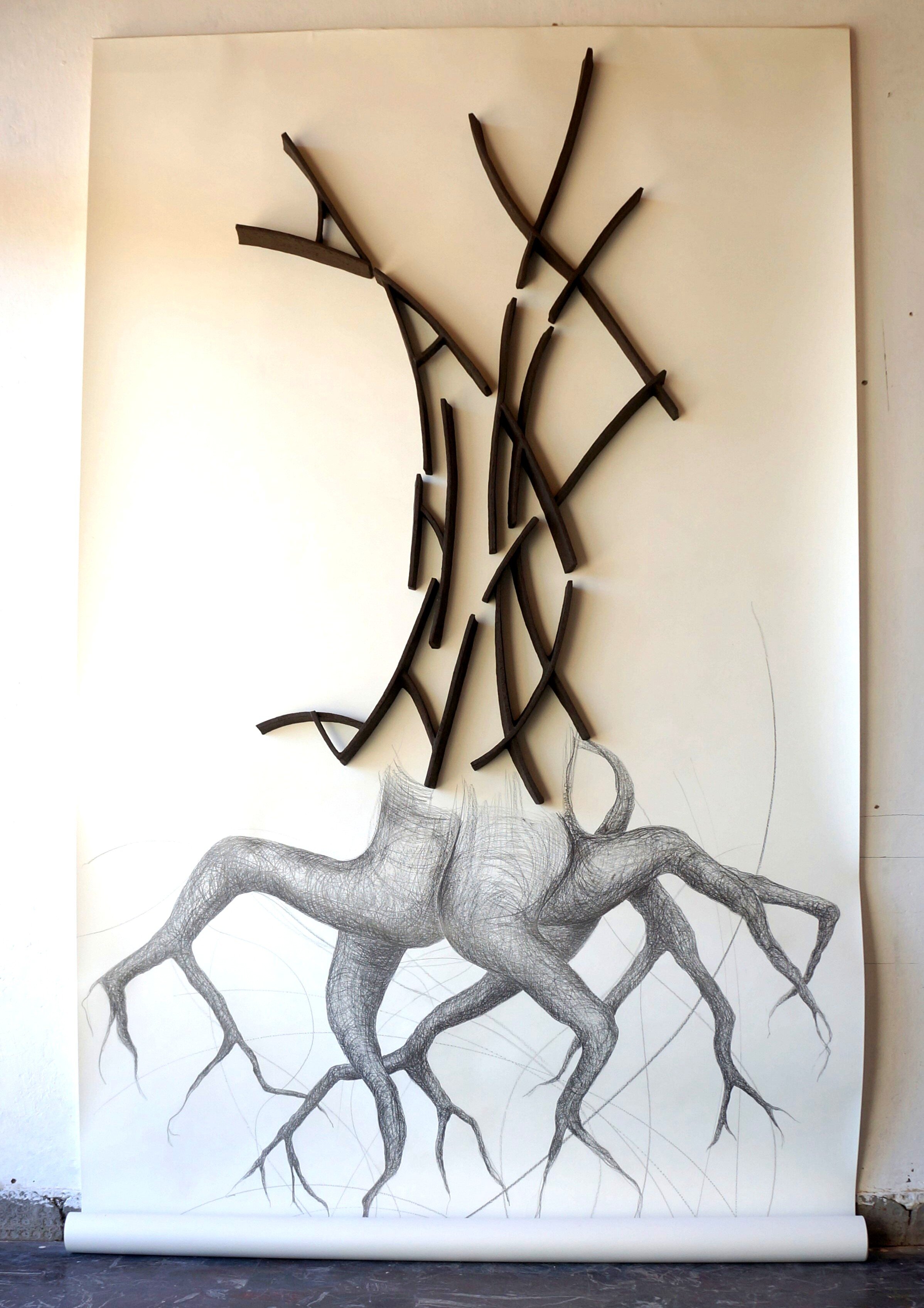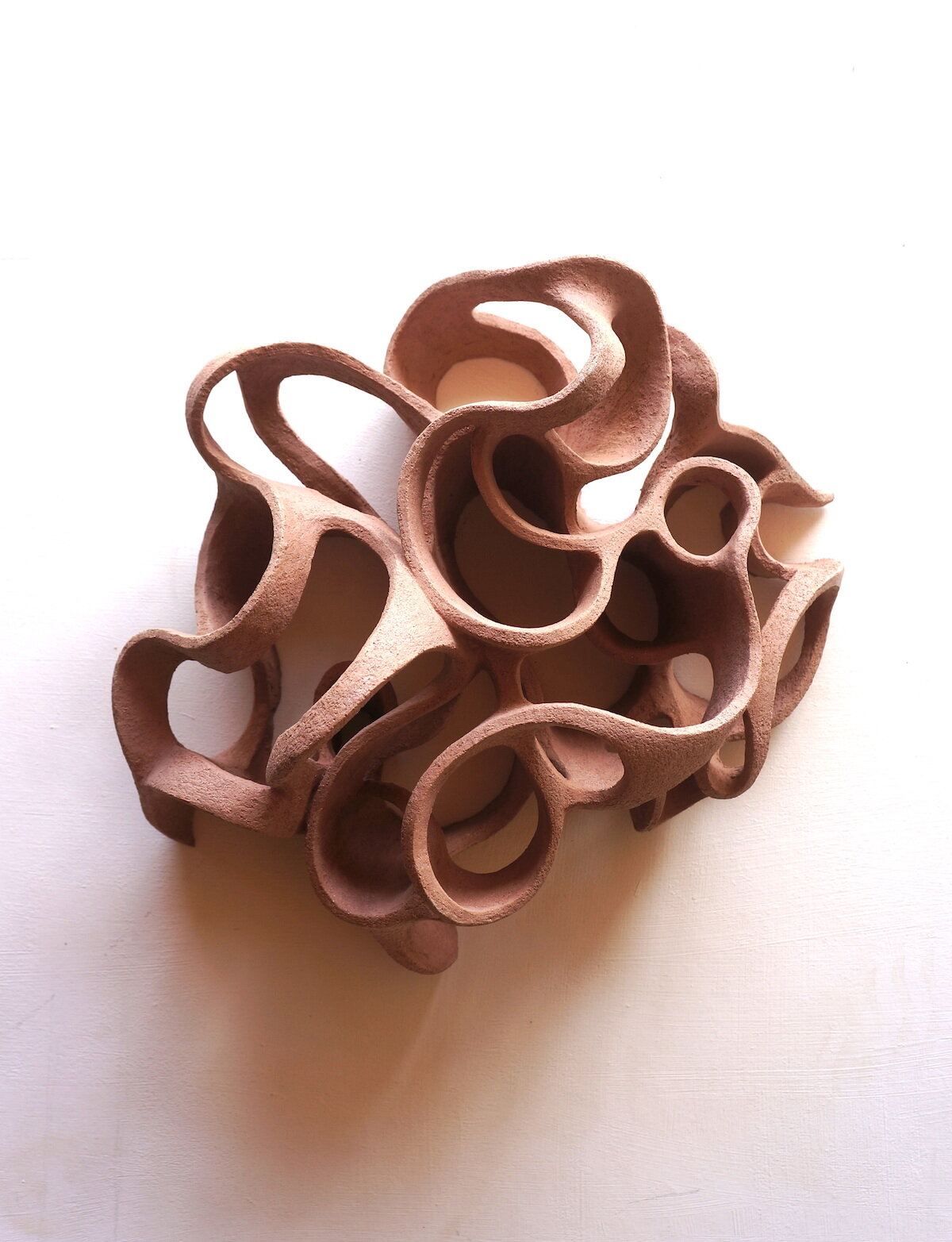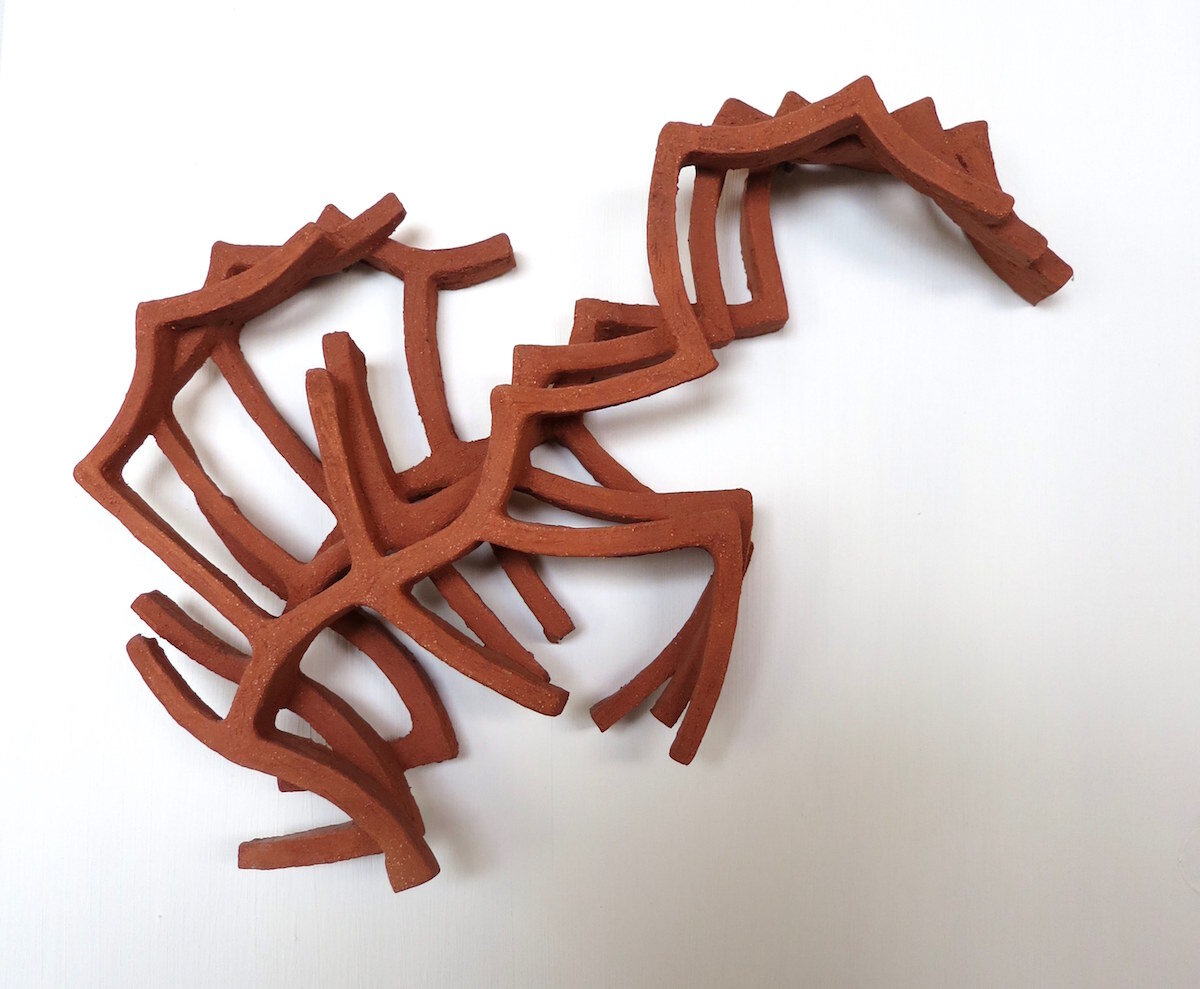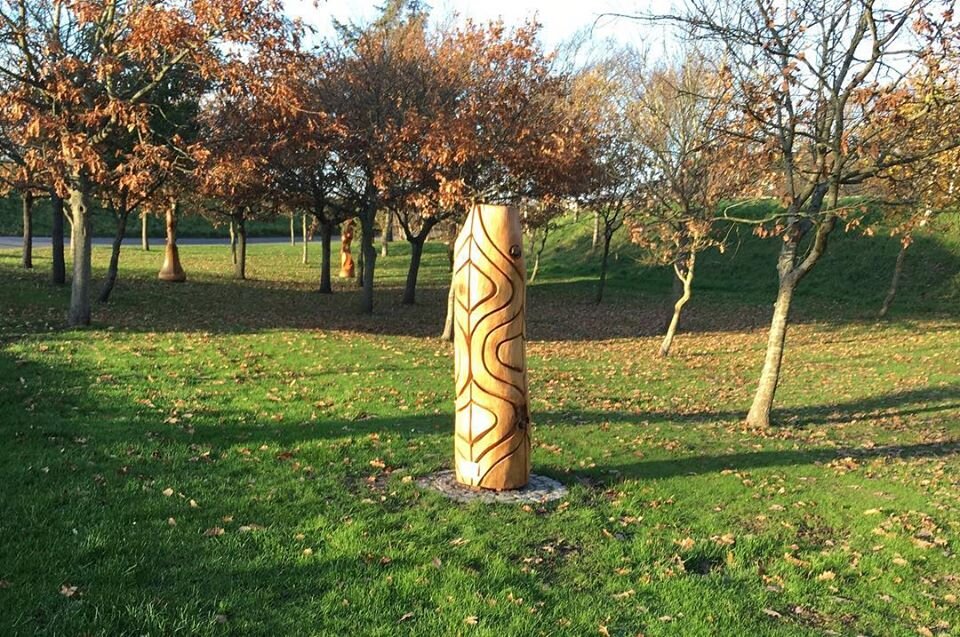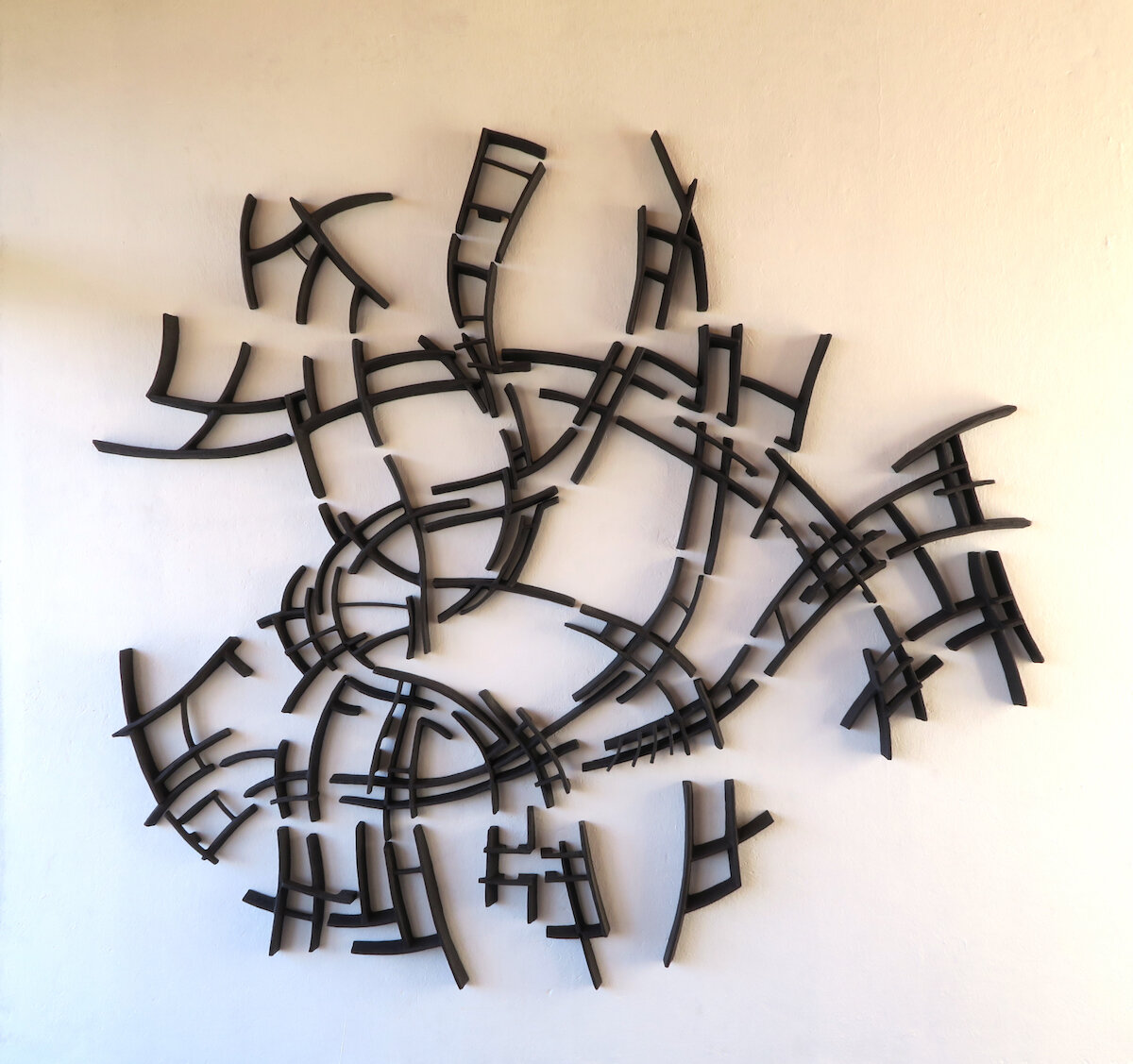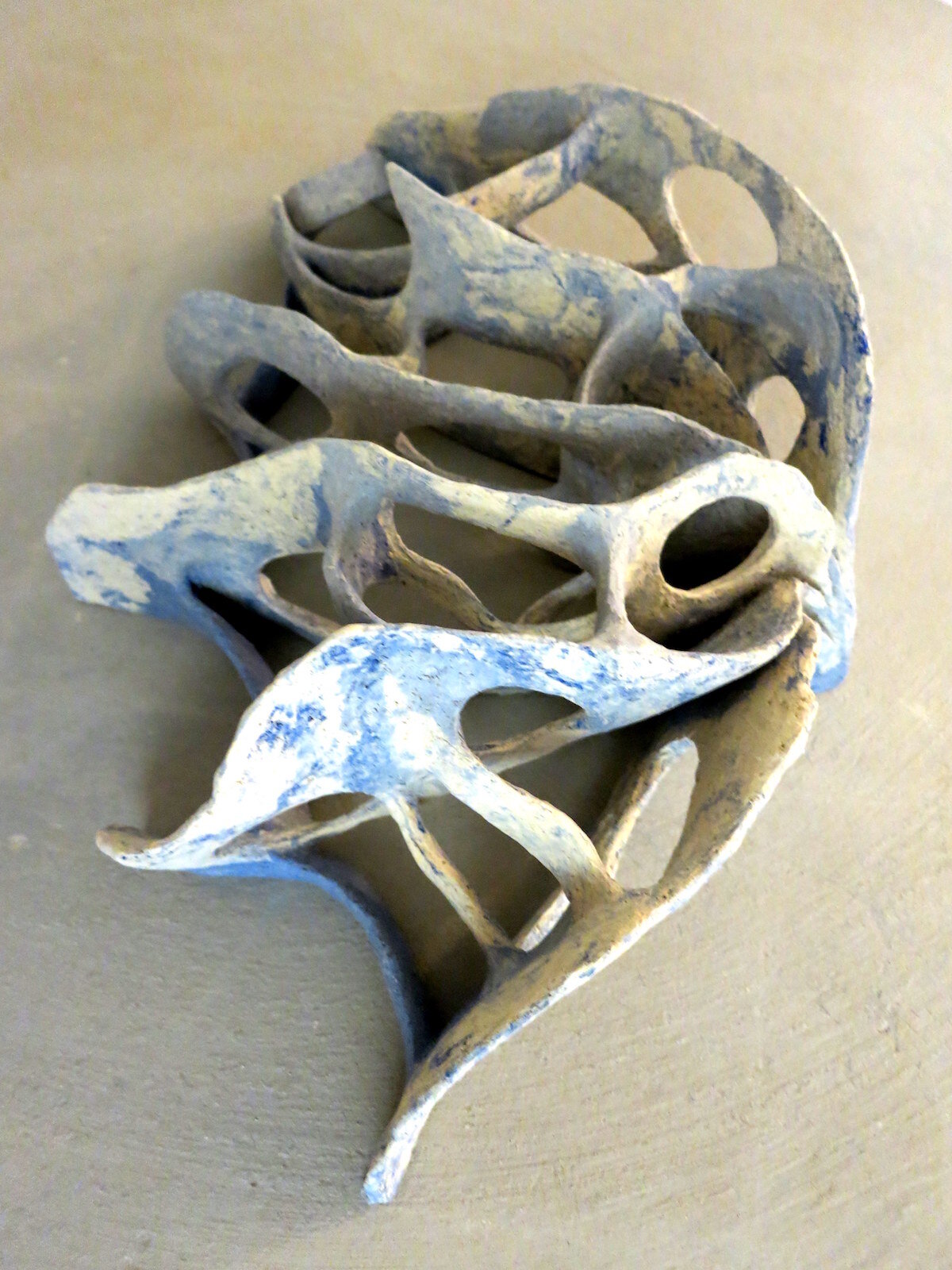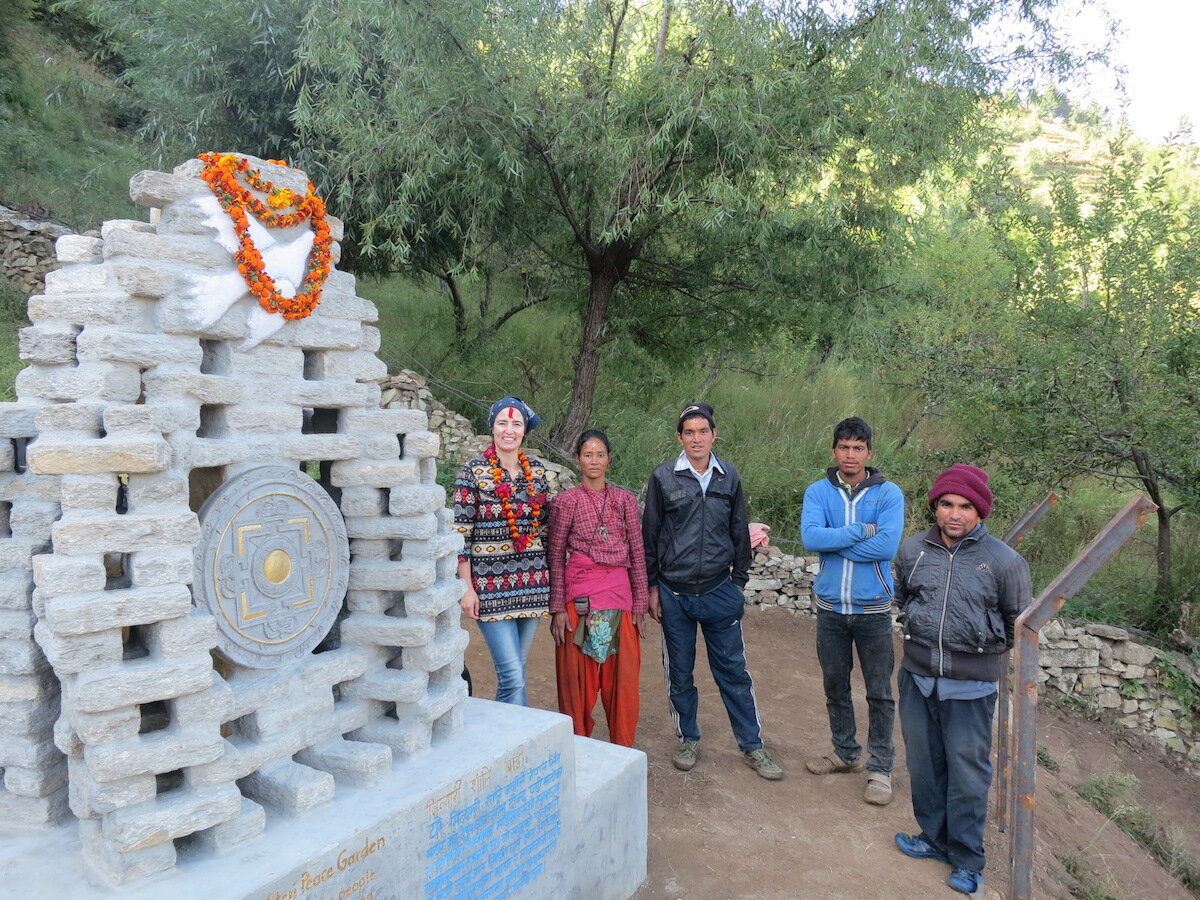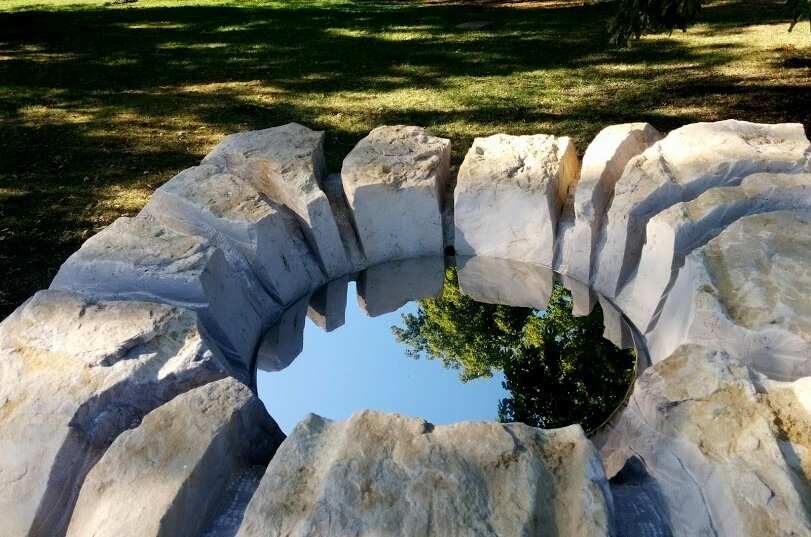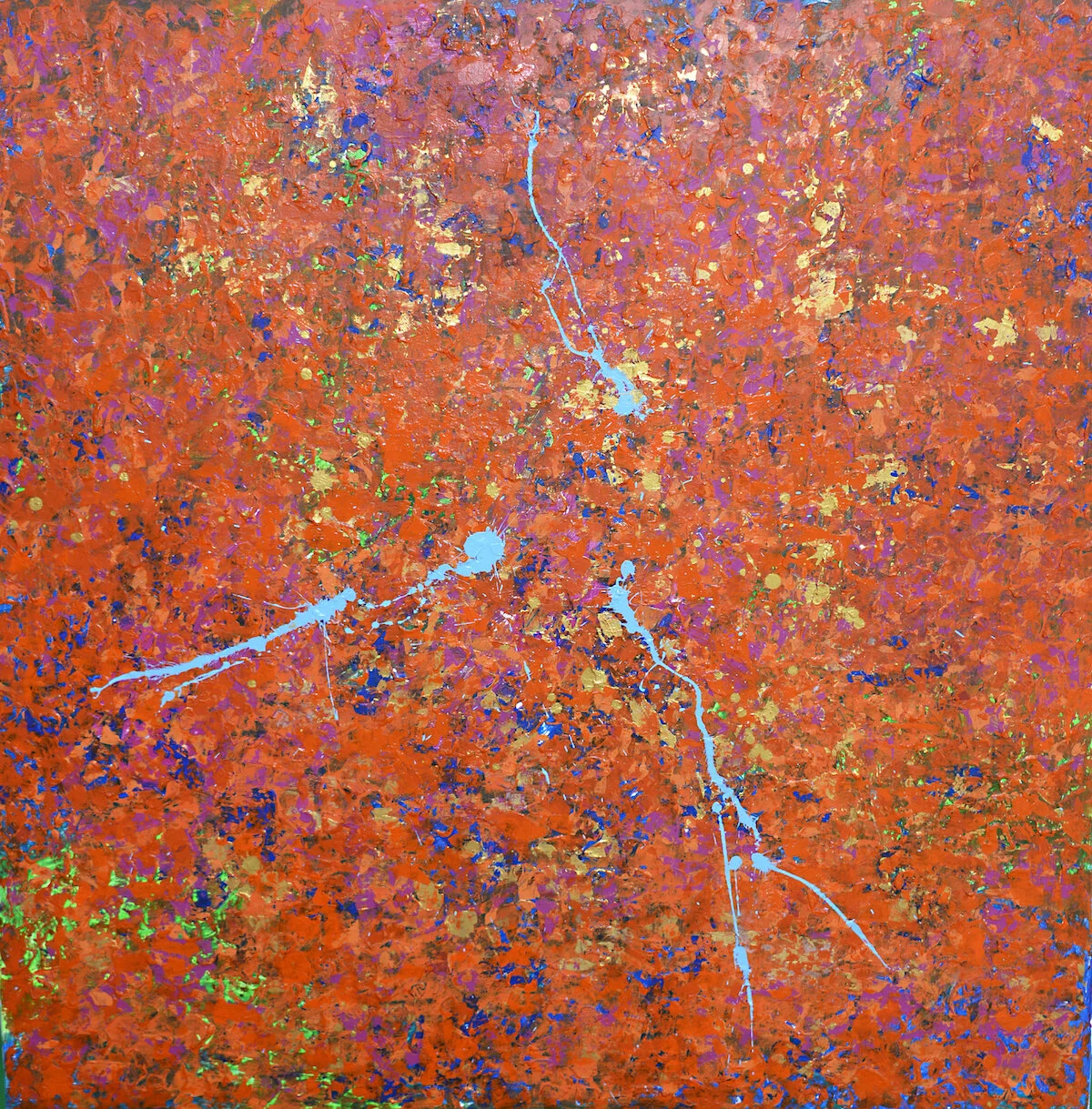Helga Palasser
Helga Palasser is an Austrian sculptor skilled in working with a great variety of different materials. Starting her career with an apprenticeship for sculpting in Bad Kleinkirchheim/ Austria in 1989, she has always been attracted by the possibility of going abroad with her work. Since then she has travelled to many different places around the world, leaving her sculptures in California, Zimbabwe, Nepal, France, Germany and Denmark.
In summer 1998, during a two month stay at the Gallery of Timeless Sculptures in Kings Beach/ California, she had the opportunity to refine her skills in casting techniques and wood carving. In the first decade of this millennium she was active mainly in Austria and Germany, realizing several commissioned works and participating in workshops and art meetings like the Absteinacher Art Meeting in Germany where she created two big size outdoor sculptures out of red sandstone.
During her master studies of cultural production in Salzburg from 2010-12, she discovered the subject of interculturality from an academic viewpoint and was thus inspired to search for concrete ways to put into practice an exchange between cultures by means of her work as an artist. This search has found its first reflections in a book series called Stone Diary, consisting so far of two volumes documenting her work in Zimbabwe (2012) and Nepal (2014), open to be continued.
In one of her most recent works, a mural installation of thirty clay elements called “Third Spaces: the bridge to the other is imagination” which was exhibited at the Venice ART Biennale “Personal Structures” from Mai to November 2019, the artist directly addresses the theme of interculturality, searching for an expression of her personal experience and vision in this respect.
In the 2010s, besides her journeys to Zimbabwe and Nepal and her participation in the Venice ART Biennale, Helga continually participated in international sculpting symposia leading her to France, Cyprus, Switzerland and Denmark. For the year 2020 she has been invited to exhibit at the Amsterdam Whitney Gallery in New York in February, and to participate in the International Art Fair at Barcelona in May.
Helga’s work is characterised by figurative motifs as well as abstract forms, and ultimately by a fusion, sometimes more, sometimes less discernible, of these two components. Abstract forms modelled in clay are being linked to concrete motifs like a “butterfly”, a “skeleton”, a “desert rose”, a ship symbolizing a journey, or the feeling of being “in-between”. The heavy compact material of clay is transformed into light fine shapes that could occasionally give the impression of drawings when looked at from the distance. When looked at closer, the corporal aspect of weight imposes itself without diminishing the lightness of the forms however. In one of her works called “The Breath of Mind”, which Helga created very recently for the XIIth FLORENCE BIENNALE dedicated to Leonardo da Vinci in October 2019, the superimposition of realistic and abstract elements becomes most visible: an obviously realistic part (a big root drawn on paper) is separated from and at the same time joined to an abstract part (elements of burnt clay emerging out of the root), which leaves a great number of possibilities to one’s imagination.
Like in the “The Breath of Mind”, Helga doesn’t hesitate to combine different materials as well as techniques, be it out of practical or aesthetic reasons. In the mural installation “Between” tree’s bark is framing a coloured pattern of clay. In “Bottom of the Soul”, a work recently created for an outdoor exhibition in reminiscence of Meister Eckhart in Behringen/Germany, a steel mirror is placed in the middle of a sculpture out of sandstone. In Nepal a brick stone sculpture embraces the coloured cast of a mandala originally modelled in clay.
Especially the latter example shows the creativeness and flexibility required of a travelling artist who often has to adapt to the materials and the possibilities offered on a specific location. Through her multifaceted works ranging from realistic sculptures and portraits to more abstract forms, Helga has always tried to challenge the usual perception and to open up new perspectives, windows into another world. Looking at the movement of the seemingly fine lines in “Third spaces”, interrupted and discontinuous but nonetheless gentle and harmonious, the thought is busy to decipher its meaning, when the gaze suddenly becomes aware of the changing shadows, the materiality and liveliness of the sculpture. Imagination is being encouraged and at the same time an immediate physical relation is established which binds the imaginative thought to this concrete world.
By Michael Gfrerrer
Email: office@palassart.com
Website: www.palassart.com
Instagram: https://www.instagram.com/helgapalasser


